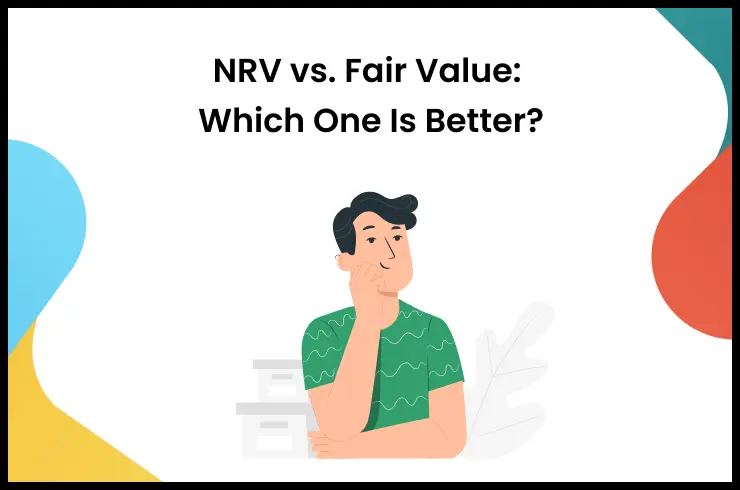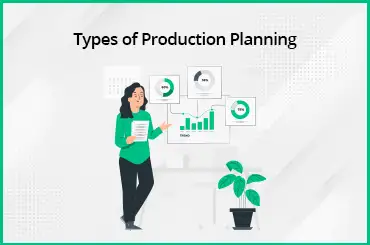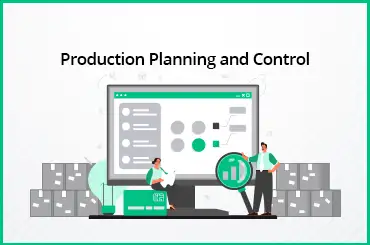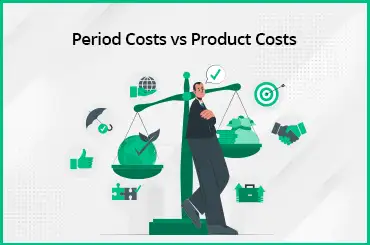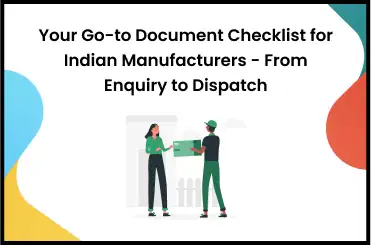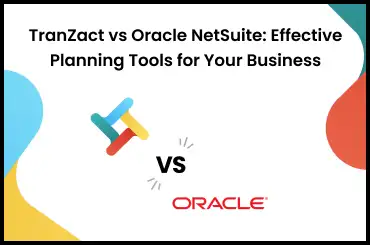Accounting for small business is extremely vital as it's a direct reflection of the financial health of your company. Efficient record-keeping is key for monitoring your business growth and exploring new avenues for growth. Knowing the nitty gritty's of your accounting for small business records also helps your business be more efficient and aware, among other things.
This becomes even more important once your business starts to grow and that's when maintaining records in a paper-based manner starts becoming a highly time-consuming task that is also prone to error.
At a very basic level, accounting is all about compliance (ensuring the owners are complying with all the tax obligations) and security. In this blog, we're going to deep dive into the various facets of accounting for small businesses.
How to Do Accounting for Small Businesses?
The first thing to need to do when it comes to accounting for small businesses is to maintain an accurate record of each of your business' income and expenses. This helps you have all the necessary financial information at your disposal whenever required and have a streamlined accounting for small business processes.
Executing this step diligently will support you in knowing your business's past and present performance as well as generate invoices for vendors and complete your payroll process. We have listed a few key steps for this process here:
Analyzing Financial Transactions:
The first step of the accounting for small businesses process is to simply analyze each of your financial transactions and key in the ones that pertain to your accounting for small business. None of your personal expenses will feature here.
You then need to prepare a source document that serves as the cornerstone for recording all your key transactions.
Journal Entries:
To set up books of accounts for small business, each of your transactions needs to be recorded in a journal also known as the Books of Original Entry. In this journal, you need to enter your transactions chronologically under one of two accounts - debit and credit.
To simplify this process, accountants use a special journal to record recurring transactions such as sales, cash receipts, purchases, and so on in the form of journal entries. Transactions that cannot be included in this special journal are recorded in the general journal of accounting for small business.
Ledger:
The next step in accounting for small businesses is the ledger. Your ledger is a collection of accounts that show you the effect each transaction has had on your accounts along with the current balances of each of those accounts. This ledger is also known as the Book of Final Entry.
Unadjusted Trial Balance:
In accounting for small businesses, the trial balance is prepared to check whether your total debits and credits tally. All the information required for the trial balance is obtained from the ledger of small business accounting in a report format. Remember, the debit and credit side must always tally and if not, your trial balance contains errors that need to be located and rectified using correcting entries.
Adjusting Entries:
At the end of an accounting period, your accountant must prepare the adjusting entries in order to update the accounts for that period of time. For example, any income earned but not recorded in your books. Adjusting entries are made for the accrual of incomes, expenses, depreciation, deferrals, and allowances and are a very important part of the accounting process.
Adjusted Trial Balance:
Once all the adjusting entries are entered and recorded, you must prepare the adjusted trial balance. The primary reason to do this is to check whether the debits and credits tally after making the adjustments.
Financial Statements:
Once your trial balance has been adjusted, you move on to creating your financial statements. These include the income statement, statement of changes in equity, balance sheet, and statement of cash flow. These statements are the result of everything you do in your accounting system for small businesses.
Closing Entries:
In order to prepare your accounting for small business system for the next accounting period cycle, all your temporary accounts that were opened to periodically measure incomes, expenses, and withdrawals are closed. The only thing that carries forward into your next accounting cycle is your balance sheet which is also known as the permanent accounts.
You then need to prepare a post-closing trial balance to once again check whether the debit and credit amounts tally. This is the last and final step in your accounting process being a small business.
Do You Need an Accountant for Small Business?
If you're a small business owner looking for accounting for SMEs, hiring an accountant can save you a lot of time and money. Bringing an accountant or an accounting integration partner on board to maintain books of accounts for small business will help you with the following:
- An accountant can write you a business plan during the formation process.
- Advise you on the soundest structure for your business.
- Help you obtain various licenses such as business licenses, sales tax permits, and other employment accounts.
- Set up your accounting software if you do not want to incur monthly bookkeeper's fees.
- Deal with all your compliance and tax issues.
- Look after all your labor compliances.
- Help you meet the requirements for creditors and licensing agencies.
- Maintain all your inventory records in a structured manner with dates purchased, stock numbers, purchase prices, dates sold and sale prices
Small business owners who cannot afford to hire an expensive professional resource may prefer automating their accounting practices using a cloud-based accounting integration software like TranZact. These software cover functions such as invoicing, payroll, and payments and help you maintain accurate records and create basic financial statements in accounting for small businesses.
Common Accounting Reports for Small Business
Accounting for small businesses involves creating various accounting reports that basically summarize all the business financial information. There are essentially four reports that are absolutely essential when it comes to accounting for small businesses. So let's take a look at those in detail:
The Balance Sheet:
The balance sheet or statement of financial position is the primary report that shows you the financial position of a business at a given point in time. Balance sheets are usually created at the end of the year. However, certain businesses prepare it at the end of the month, week and sometimes even daily.
The header of a balance sheet usually contains the following:
- The name of the business
- The name of the financial statement
- The date
The body of the document contains the assets, liabilities, the owner's equity and their corresponding balances which are found in the adjusted trial balance. Your assets are always on the left side of the balance sheet. These are then divided into three main categories - current assets, fixed assets, and other intangible assets.
The right side of the balance sheet contains all your liabilities and the owner's equity. Your liabilities are divided into current and non-current liabilities.
A fundamental characteristic of the balance sheet is that the total of liabilities plus owner's equity must always be equal to the total assets of the business when it comes to accounting for small businesses.
This is expressed by the following equation: Assets = Liabilities + Owner's Capital
The Income Statement:
This statement is also known as the statement of profit and loss. It summarizes a business's revenues and expenses over a specific period of time.
The bottom line of succeeding in a business is to ensure your profit exceeds your expenses. This is why if you ever approach an investor, the first thing they will ask is to see your income statement.
In this report, your revenue is listed first along with your total profit as well as other operational activities such as sales, service, interest revenue, and so on. These reports are usually created at the end of the financial year for all small businesses.
After revenue comes the expense accounts and their balances incurred. These are divided into operating expenses and non-operating expenses and are an important part of small business accounting. The total revenues are then subtracted from the total expenses to arrive at your net income or less for a specific time period.
The Cash Flow Statement:
categories:
- "planning"
categories:
- "planning"







